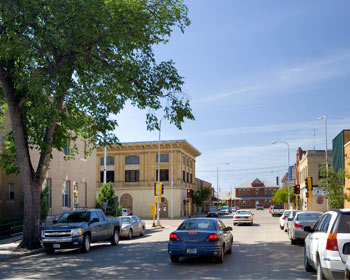Research Reports
Report Details
Abstract
 While many factors influence a community's livability, affordable transportation options such as transit services can be an important contributor. Availability and frequency of transit services vary greatly among metro and non-metro areas, thereby affecting the access to affordable transportation options. This study was Phase 3 of the three-phase livability study in researching the nexus of transit and livability in U.S. communities. The objective of the study was to conduct a National Community Livability Survey (NCLS) in both urban and rural communities in the United States and analyze the role of transportation and public transit toward quality of life.
While many factors influence a community's livability, affordable transportation options such as transit services can be an important contributor. Availability and frequency of transit services vary greatly among metro and non-metro areas, thereby affecting the access to affordable transportation options. This study was Phase 3 of the three-phase livability study in researching the nexus of transit and livability in U.S. communities. The objective of the study was to conduct a National Community Livability Survey (NCLS) in both urban and rural communities in the United States and analyze the role of transportation and public transit toward quality of life.
The NCLS survey was distributed to 25,000 adults across all 50 U.S. states. The survey yielded a total of 994 high-quality responses, including 152 from transit riders who completed the transit rider survey questions. Survey results suggest that improving livability factors, such as affordable jobs, affordable housing, low crime, and affordable transportation options in metro communities, can improve the livability of metro residents. Similarly, improving livability factors, such as available jobs, affordable housing, quality healthcare, affordable transportation options, and overall cost of living, can improve the livability of non-metro communities. Further, when compared with metro communities, non-metro communities have a greater need to improve the identified livability factors, as there is a large need for improvement.